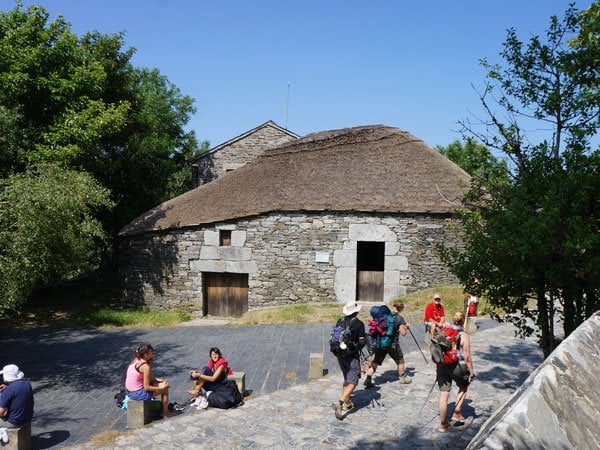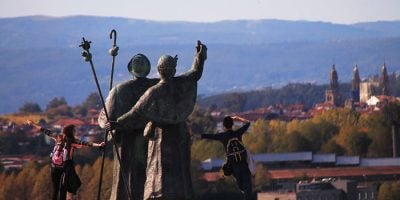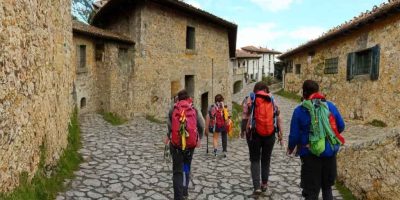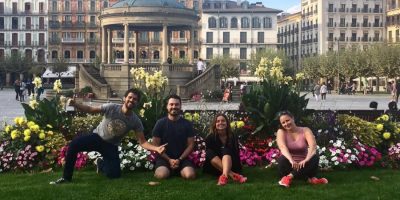When embarking on the Camino de Santiago, consider taking a break in León. This city offers a welcome respite and a chance to immerse yourself in its rich history and stunning architecture. León is surrounded by a largely untouched landscape, with forests and mountains that have escaped mass tourism. León offers much to explore.
It is one of the most historic regions in Old Castile, located in a vast province that borders Galicia, Asturias, Palencia, and Zamora. While few Celtic remnants have been discovered here, there is ample evidence of Roman occupation. Throughout history, various peoples, including the Moors, have settled in this region. The Knights Templar played a significant role during the Middle Ages, constructing castles and fortifications that still stand today.
León has been a cosmopolitan city since Roman times when it was known as Legio Septima, named after the seventh legion stationed there. The Moors briefly occupied León but were soon ousted by the kings of Asturias, who made it their capital in AD 913.
From León, you can walk or cycle the last 300km of the Camino to Santiago de Compostela. The Full Camino Francés route offers the option to customise your journey using our Camino Planner starting from León.
Explore León by Moñi Jorgey
Enjoy Moñi’s insights and tips as she shares her love for her hometown, León, an essential stop on your Camino journey.
León is a quiet, modestly sized city in the northwest of Castilla y León. The city is easily accessible by plane, bus, or train. The airport is connected to the city centre by bus, and both the bus and train stations are within walking distance of the main attractions. A short five to ten-minute walk will take you to the city’s most notable sites.
History of León
León was founded in the first century as a Roman settlement. Throughout the old town, you’ll find Roman and medieval remains. León has long been a key transit point for pilgrims heading to Santiago de Compostela. From the moment you arrive, you’ll experience the renowned hospitality of the Leonese people, known for their warm and simple approach to hosting guests.
What to See in León
León’s Cathedral
One of León’s most celebrated landmarks is its cathedral, considered one of the finest in Europe. Construction began in the 13th century and took 200 years to complete. The cathedral is notable for its mismatched towers and steeples, as well as its stunning stained glass windows, which number over 250, including a large rose window. In total, the cathedral boasts more than 1,800 square metres of glass. The cathedral museum, which houses a diverse collection of exhibits, is also worth visiting.
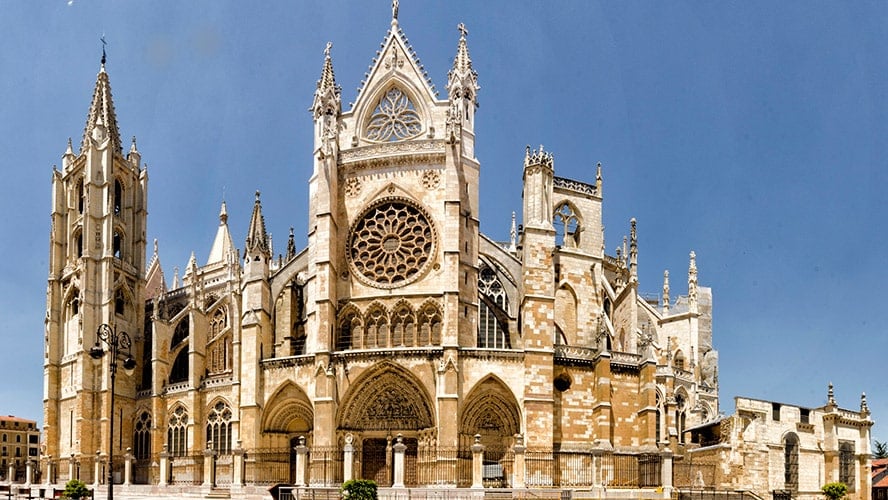
Hostal San Marcos – Parador de León, 12th Century
Also known as the Convento de San Marcos, this building originally served as a hostal for pilgrims on their way to Santiago. They converted it into a monastery in the 15th century, and by the 17th century, they used it as a prison. During the Spanish Civil War, it became an army barracks. Today, it stands as one of Spain’s most impressive hotels, with part of the building housing the Archaeological Museum of León.

Casa de Botines
Designed by the famous architect Gaudí in the 19th century, Casa de Botines is a remarkable building with corner towers that give it a fairytale-like appearance.
The Palacio de Los Guzmanes
This magnificent 16th-century building features an impressive courtyard and was once the home of the wealthy Guzman family. Four towers distinguish the building.
The Collegiate Church of San Isidoro
San Isidoro is a prime example of Romanesque architecture and houses an impressive collection of early manuscripts. The church, located in San Isidoro Plaza, has a beautiful façade and an 11th-century baptismal font. The site also includes a museum and the Royal Pantheon, which features sculptures, art, medieval textiles, and painted murals. Today, part of the building has been transformed into a hotel with a museum-like interior.
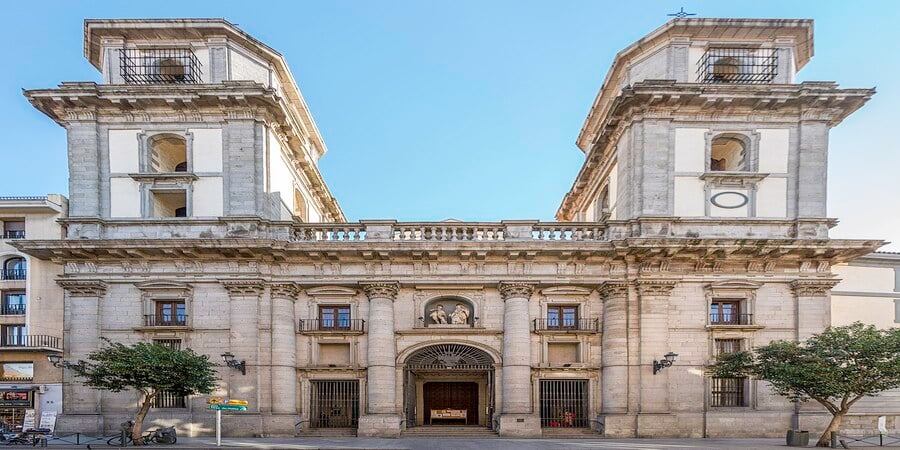
The Streets of León
They have pedestrianised León’s streets, including Calle Ancha, Burgo Nuevo, Pícara Justina, and the area around the cathedral, for added comfort. Underground car parks, traffic diversions, and wider pavements help improve access while preserving León’s cultural heritage.
What to Eat in León
In León’s old town, the Barrio Húmedo district is known for its wide range of delicious eateries. The local custom is to enjoy a ‘tapa,’ served free with your drink. This is a great way to mingle with locals and sample authentic Leonese cuisine.
Pork is a staple of the local diet, used in black pudding, spicy dry sausage, ham, and loin. People often smoke these handmade cold meats to preserve their traditional flavours. The star of León’s cold meats is cecina, a salt-dried meat that you must try while in town.
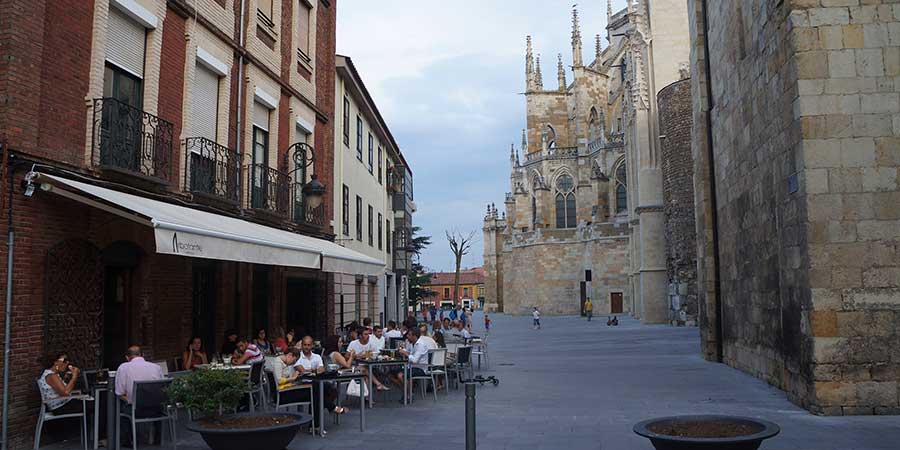
Nightlife and Entertainment
León’s old town is the place to be if you’re looking for nightlife. The area is full of inns and pubs where you can relax, have fun, and dance.
Accommodation in León
León is a welcoming city with excellent hotel services, good restaurants, and a vibrant cultural scene.
We extend our sincere thanks to Moñi for sharing this beautiful account of her hometown. We hope that anyone who visits León will find her tips helpful.
Want to start the Camino from León? Visit the Full Camino Francés route and customise your journey using our Camino Planner to begin in this historic city.
Contact Our Camino Experts
For more information on starting your Camino in León or any other Camino de Santiago route, contact us. They’re here to help you plan every aspect of your journey, ensuring a memorable and fulfilling pilgrimage.


